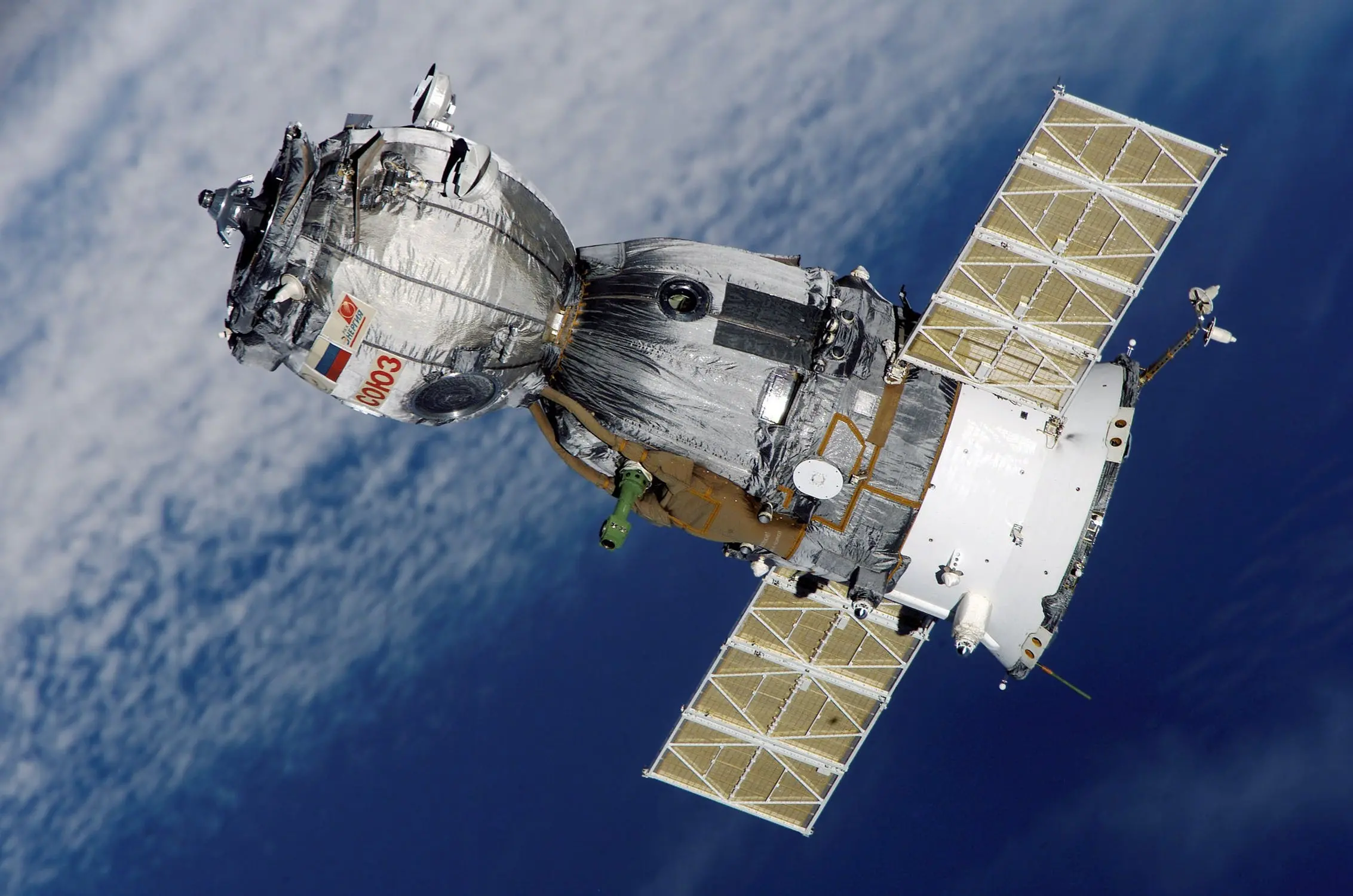Comments (5)
Bryan McGowan
NASA will send more robots in the next few years
Gregory Davison
This is so cool !!!
Joe Palladino
Interesting read
Ryan Oldfield
Excellent !!
Matt Johnson
I didn't expect so many robots in space

While many modern satellites are powered by onboard solar panels and batteries, most currently orbiting satellites required fuel. Each is equipped with enough hypergolic fuel to last throughout its entire mission, but what happens when these satellites run out of gas? NASA has come up with a solution: Restore-L.
What does NASA hope to accomplish with this little robot, and what does it have to do with satellites that are running low on fuel?
Landsat-7 was launched in 1999 to monitor crops, water quality, coral reefs and other natural areas from orbit. Landsat satellites have been orbiting our planet for more than 35 years, collecting this information and sending it back to teams back on Earth. Each satellite orbits the planet every 16 days, and it can map the entire planet within about eight months.
There are two Landsat satellites in orbit around the Earth: Landsat-5 and Landsat-7. Launched in 1984, Landsat-5 was only supposed to function for five years, and it's still working more than two decades later. Landsat-7 started having problems a couple of years after launch, and both Landsats were expected to run out of fuel in 2010 or 2011. Right now, Landsat-7 doesn't even have enough fuel left for a successful deorbit burn so it can burn up in the atmosphere.
That's where Restore-L comes in.
Restore-L is set to be the first semi-autonomous refueling and repair robot in the world. This tiny robot — about the size of a milk crate — will be able to pilot through space to intercept satellites in orbit, refuel and repair them. It uses light, infrared and LIDAR sensors to monitor satellites and spacecraft that move past it.
In addition to its sensors and onboard fuel tank, Restore-L is equipped with robotic arms that scientists back home can control to carry out repairs in flight.
Ideally, robots like Restore-L will be able to repair more than just the Landsat satellites.
The robotics industry has changed the way we look at manufacturing in nearly every sector. Restore-L won't be the first time pneumatic robotic arms are used in space, though. The Space Shuttle had a massive robotic arm in its cargo bay, and the International Space Station is equipped with pneumatic arms to manipulate cargo and assist the astronauts with repairs and spacewalks.
Robotic arms like the ones on Restore-L work in much the same way as those back on earth. Compressed air activates servos in one of five joints, turning the potential energy of the compressed air back into kinetic energy or motion. In a place like outer space, where any human repair work is carried out in ungainly environmental suits, a set of robotic arms could be game-changing.
Restore-L could save the companies that launch satellites billions of dollars — and that's not an exaggeration. A single satellite can cost hundreds of millions of dollars to construct, and millions more to launch. A repair robot like Restore-L could add five to 10 years of life to a satellite, saving the company the cost of having to build and launch another satellite.
Until now, robotics were not advanced enough to perform the kind of repairs that Restore-L is capable of. As this technology continues to move forward, hopefully, we'll be able to breathe more life into old satellites — or, in the case of Landsat-7, refuel them enough so they can be safely decommissioned.
In the future, there's no telling what a simple pneumatic robotic arm might be able to accomplish, either on its own or in the hands of skilled technicians back here on Earth. It's entirely possible that robots could be used to build an entire human colony on the Moon or Mars, so it will be ready by the time we get there. The possibilities are endless. Until now, it was just our technology level holding us back. Now that we've caught up to our imaginations, there's no telling what we'll be able to accomplish in the coming years.
Restore-L is scheduled to try to refuel and repair Landsat-7 sometime in 2020 in its low-earth orbit. Fingers crossed, it goes well, and the little robot can carry out its mission successfully.
NASA will send more robots in the next few years
This is so cool !!!
Interesting read
Excellent !!
I didn't expect so many robots in space
Megan Ray Nichols is a science writer by day & an amateur astronomer by night (at least when the weather cooperates). Megan is the editor of Schooled By Science, a blog dedicated to making science understandable to those without a science degree. She also regularly contributes to Smart Data Collective, Real Clear Science, and Industry Today. Subscribe to Schooled By Science for the latest news.
Leave your comments
Post comment as a guest